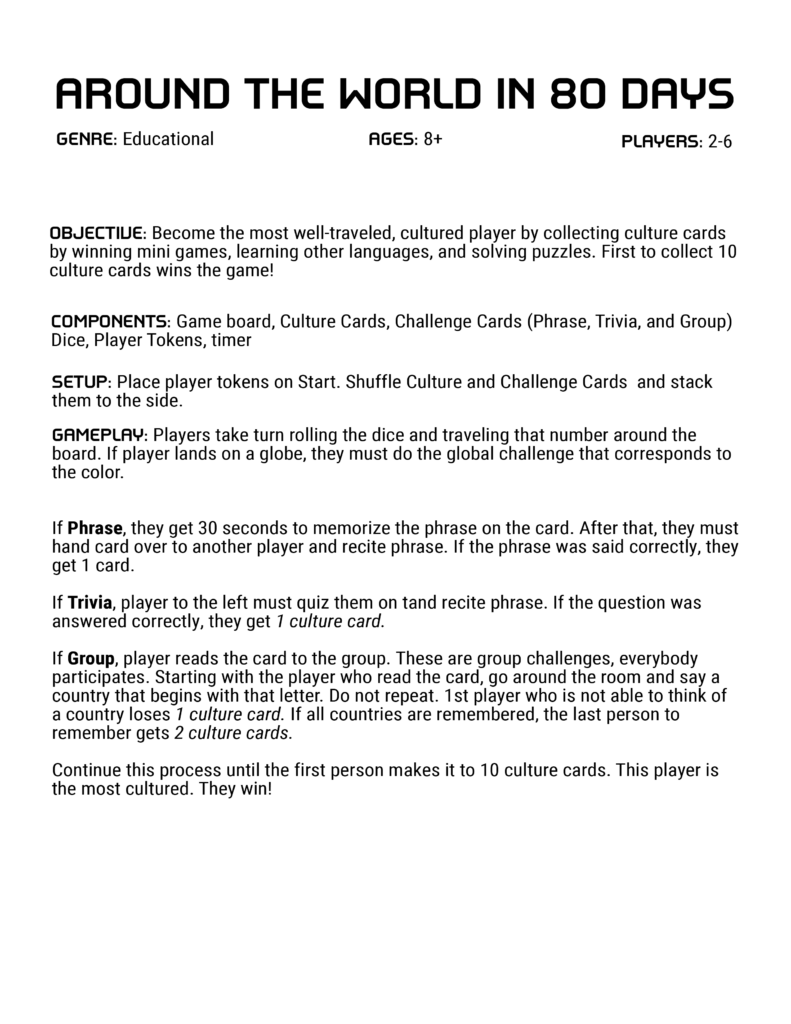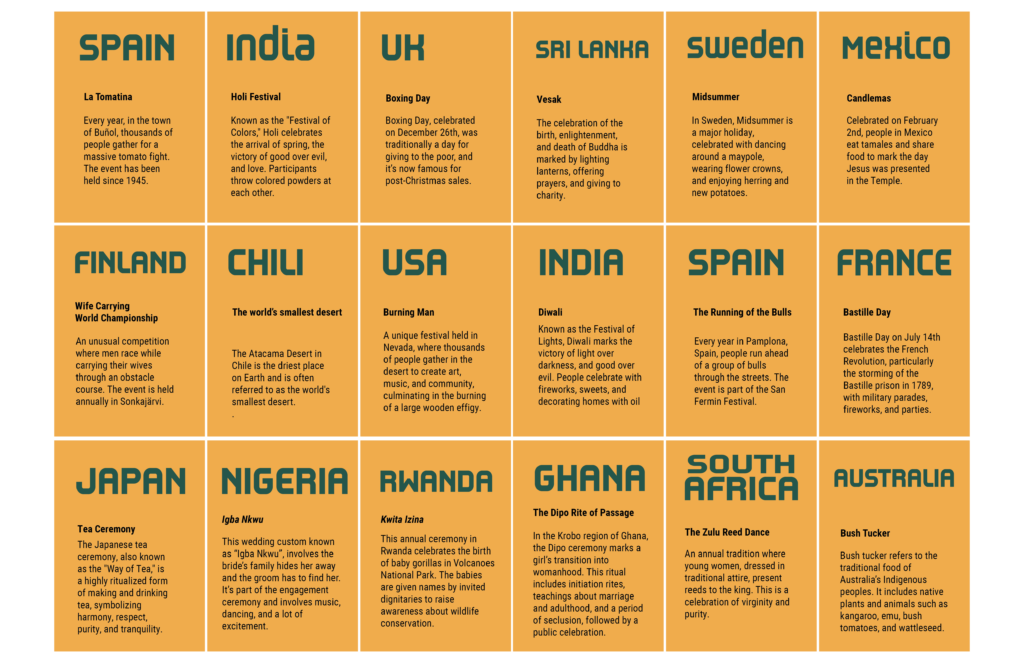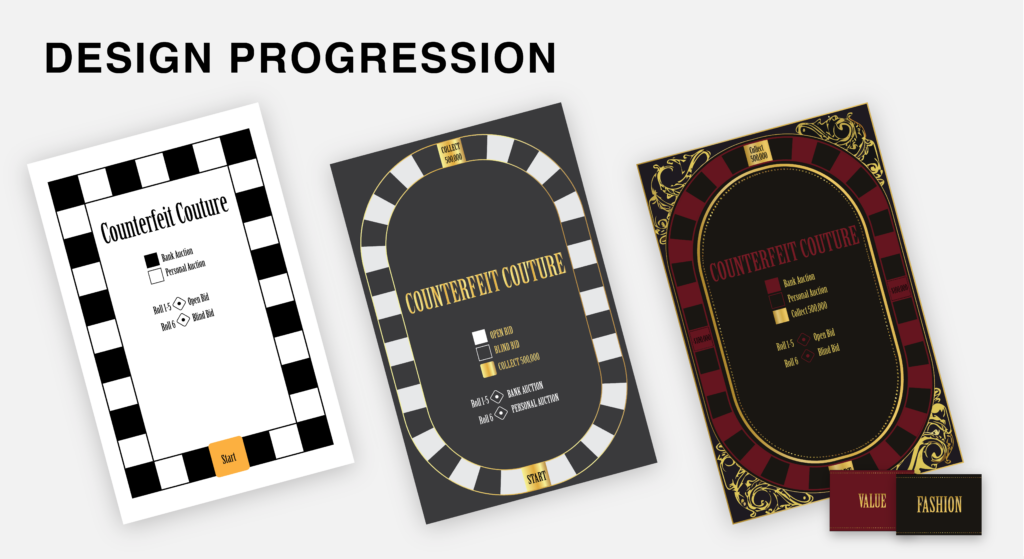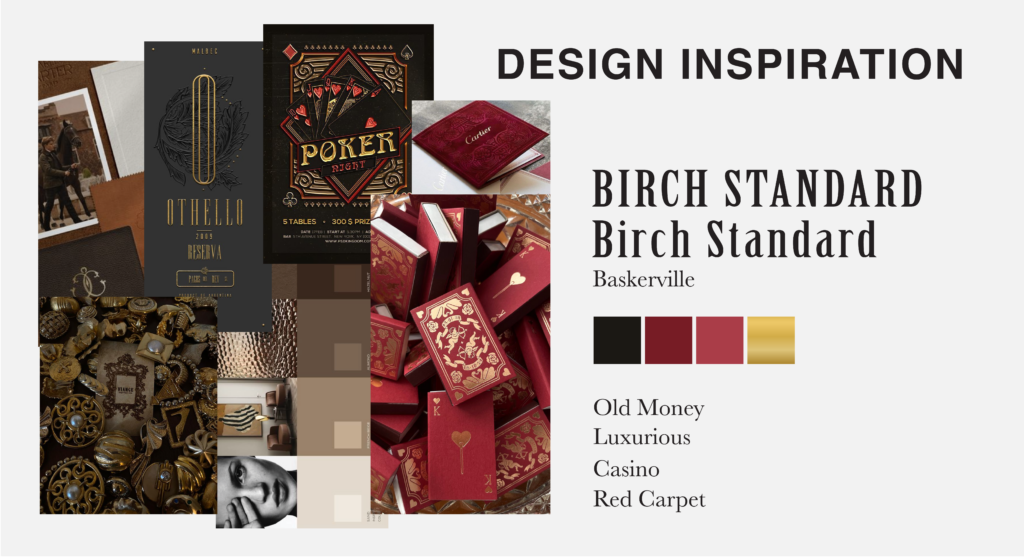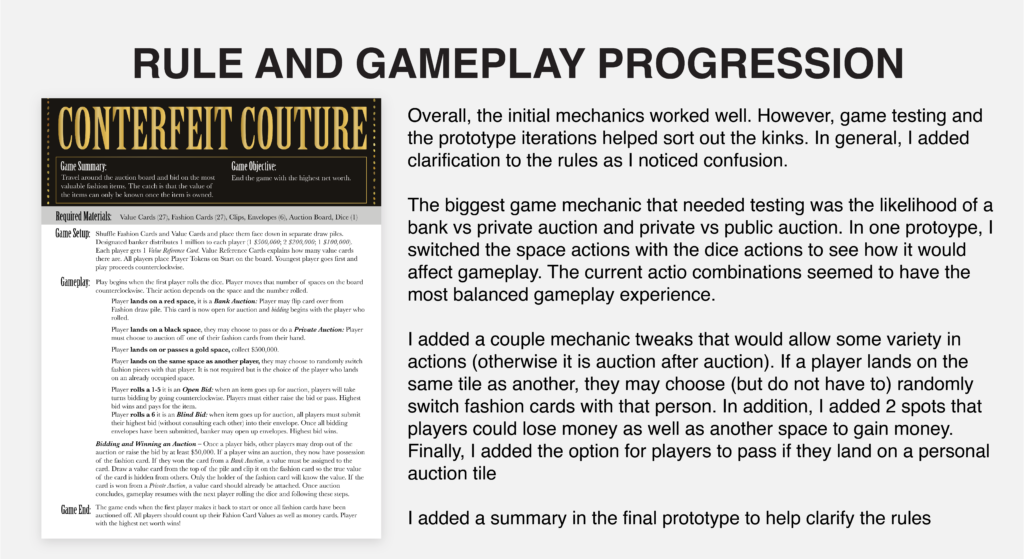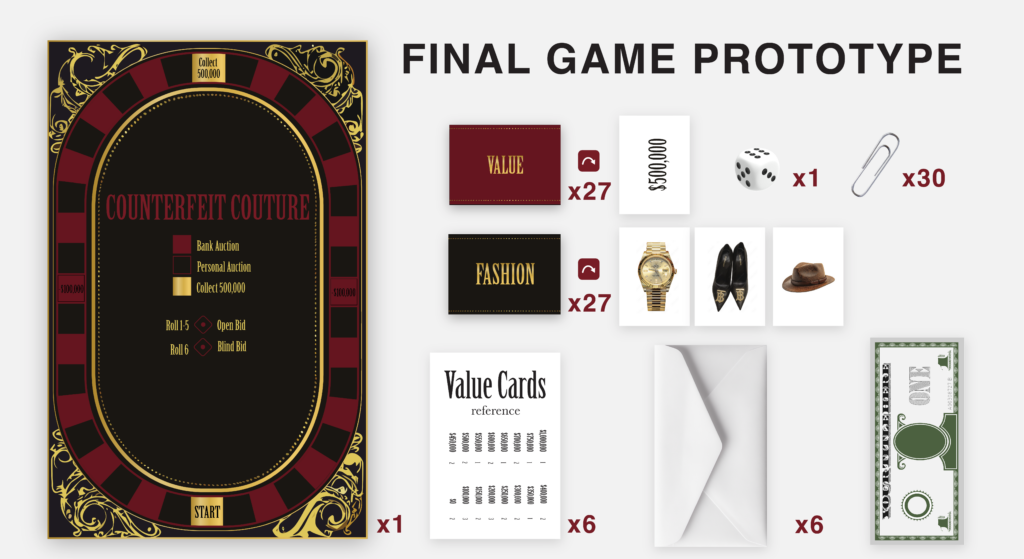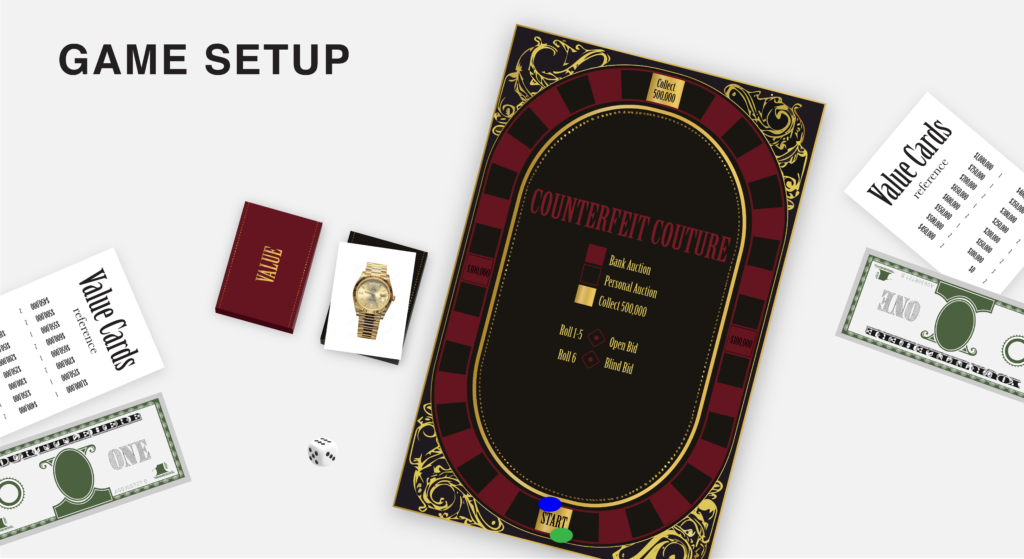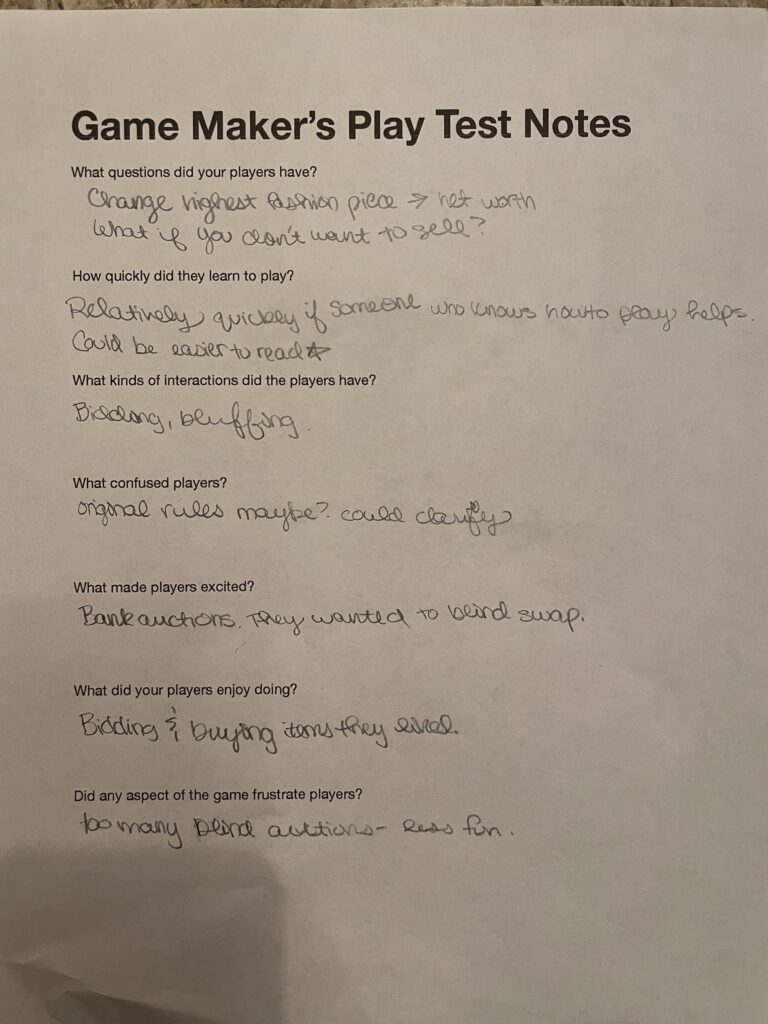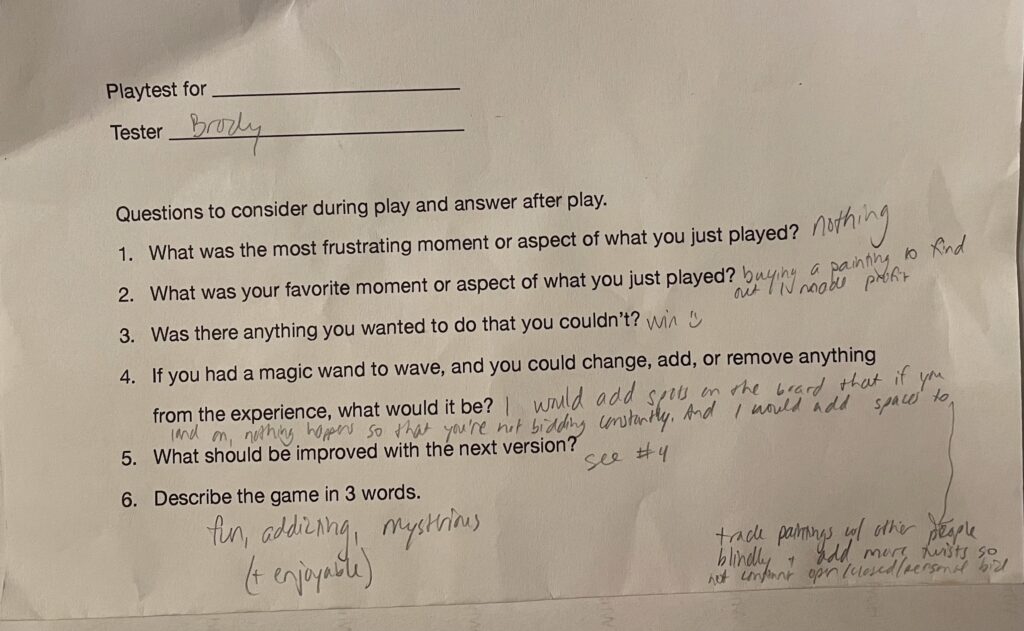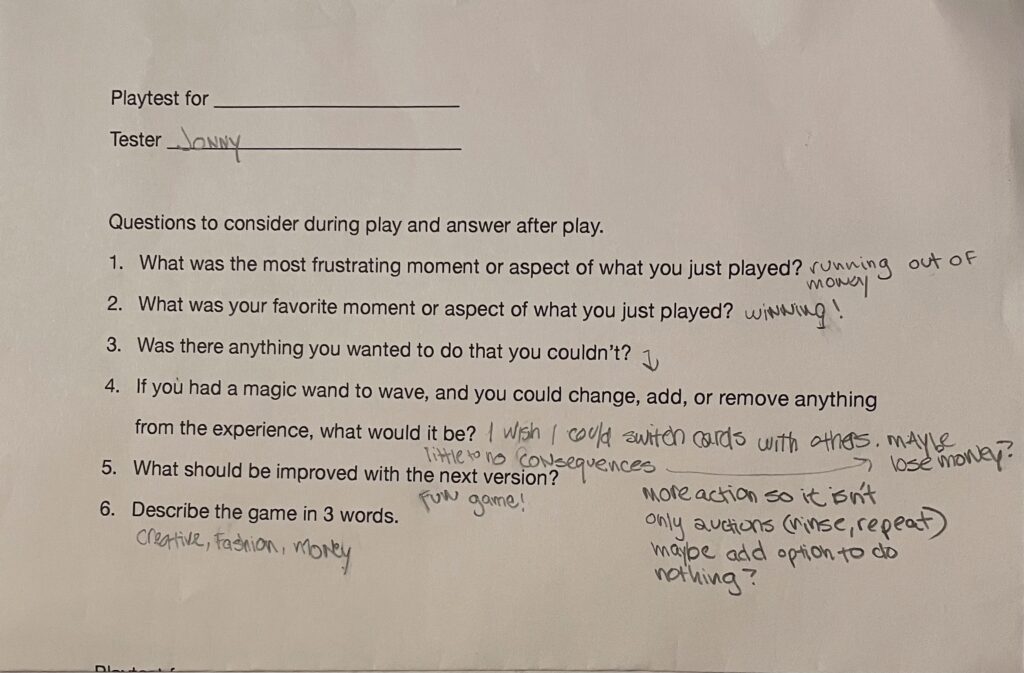What questions did your players have? Is there a timer for the name the country section? Sometime it could drag on while players tried to recall countries. It would keep game speed up if I added a timer. Also, how do you tell if somebody said a fake country?
How quickly did they learn to play? Very quickly. It was an easy game and it could
What kinds of interactions did the players have? Competed against each other in mini games. They occasionally read the fun facts on the culture card, but as is, there is little emphasis on the culture cards. I would like to tweak this so people read them because they add to the game.
What confused players? Which countries started with letters
what excited players? Winning mini games and knowing more than other people
what did your players enjoy doing? Every person had a different favorite challenge I think. I liked seeing how many countries people actually knew.
Did any aspect of the game frustrate players? Checking the countries. I am going to add the right countries on the back of the card.

